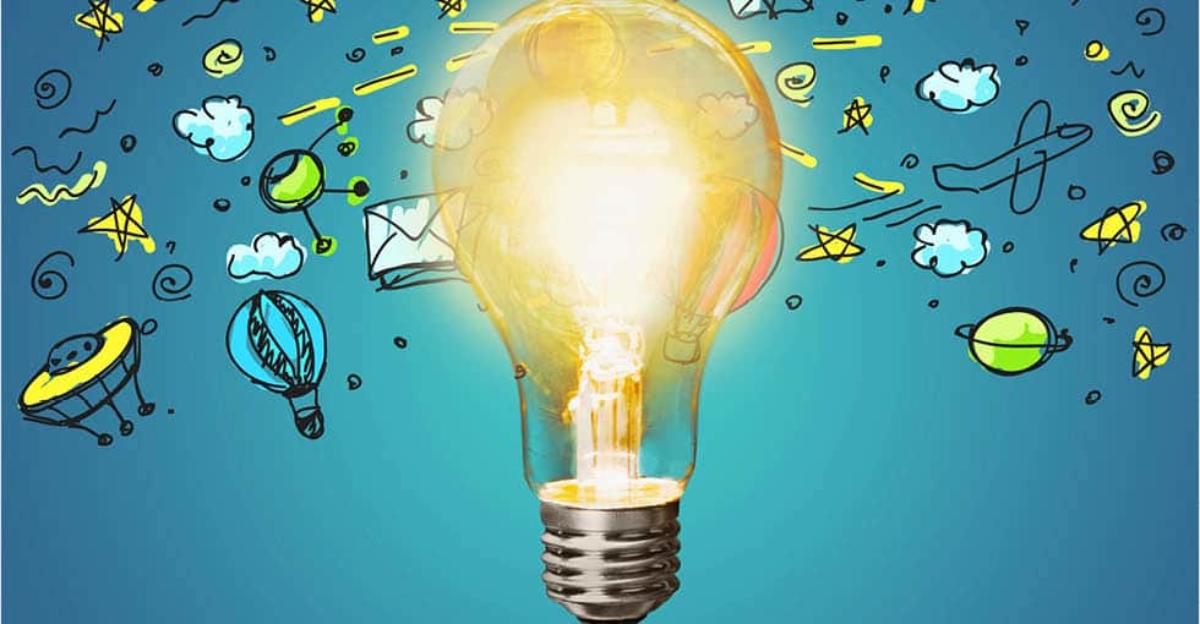To say that Nikola Tesla was a man ahead of his time is an understatement. Born to Serbian parents, he immigrated to the United States in the 1860s and did manual labor before beginning his work as an inventor. Though he did not win commercial success, he had over three hundred separate patents—and many of his ideas laid the foundation for our current way of life. While Tesla may not have specifically invented these items we use daily, he did lay the groundwork for their creation—for which we owe him a big, “Thank you!”
TV Remote
In 1898, there was, of course, no such thing as television; but Tesla did create the very first remote control.
In New York City’s Madison Square Garden, he gave demonstrations of the first radio-controlled device: a small boat. While remote controls may seem ordinary today, this was the first time that radio signals had ever been used to trigger shifts in the mechanical operations of a distant device. The technology was so advanced that he was suspected of moving the machine with his thoughts—of being a magician rather than a technician.
Tesla was prescient enough to immediately recognize the implications of remote-controlled machines. He projected that remote control would be used to investigate distant regions, to transport objects, and for warfare—predictions that all came true.
Fluorescent lights
Tesla and Edison had a famous rivalry that mostly consisted of Tesla inventing a revolutionary prototype, and Edison rushing off to the patent office and profiting. So when Tesla learned that Edison’s bulb used only 5% of the power transmitted through it to produce light, he was determined to do better.
Geissler tubes held pressurized gas that could be illuminated via a current, and are the forerunners of modern neon signs. One day, Tesla noted that the Geissler tubes in his lab lit up in the presence of his Tesla coils, a kind of open electric circuit. Inspired, Tesla began to work on illuminating wirelessly and at a distance.
In 1893, Tesla brought his wireless bulbs to the World’s Columbia Exhibition, where he demonstrated that it was possible to light multiple bulbs remotely using an open circuit. Though this technology still hasn’t caught on, modern scientists have replicated the effect, and some modern lighting companies have created induction bulbs based off of Tesla’s ideas for home and commercial use.
Smartphones
Tesla continued with the theme of wireless technology. Next, he proposed a World Wireless System for the transmission of energy and information, arguably the forerunner to our World-Wide Web, or to the wireless service we use on our smartphones. Tesla planned to use the earth itself—and its atmosphere—to convey information and to conduct electricity. Even more than that, he intended to provide these free to the public.
In 1900, he received funding from financier J.P. Morgan to build a facility on Long Island called Wardenclyffe Tower—a facility powerful enough to cast such signals. After the building was constructed, there was only time for one test before his creditors came to call, confiscating some of the more valuable equipment, and destroying the rest—including the building itself. It has been presumed that his funding was cut when his investors learned that Tesla planned to provide electricity for free—that there was no technology available that would ensure citizens paid for the service.
We will never know how far Tesla’s ideas could have gone with the proper financial support and infrastructure, or what sort of world we might be living in, today if they were.
Thank you to Tesla, a man born before his time!





